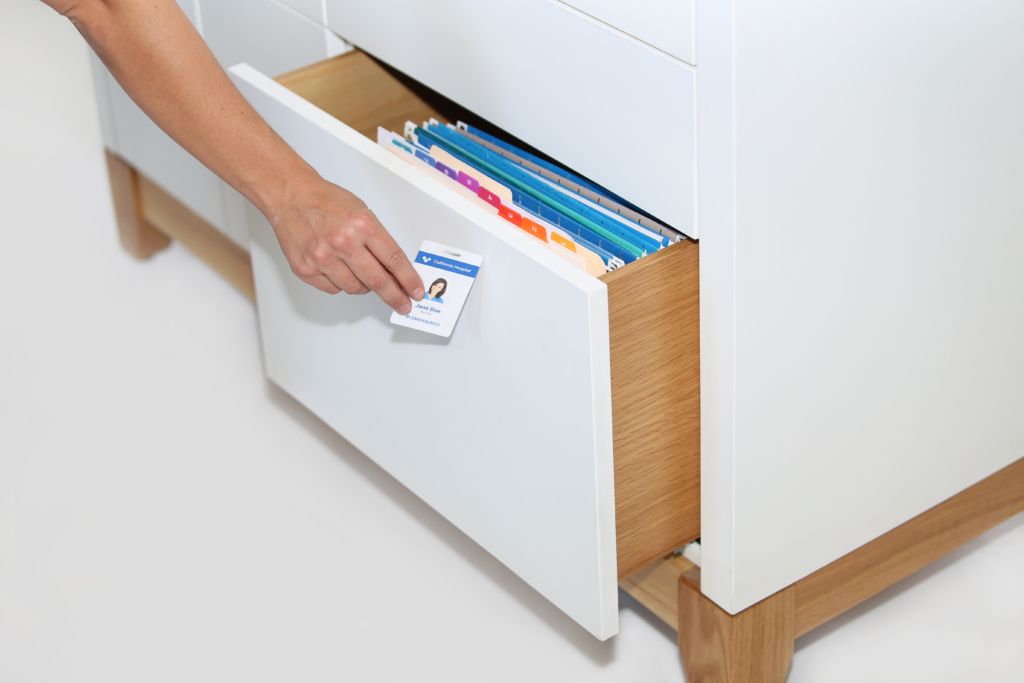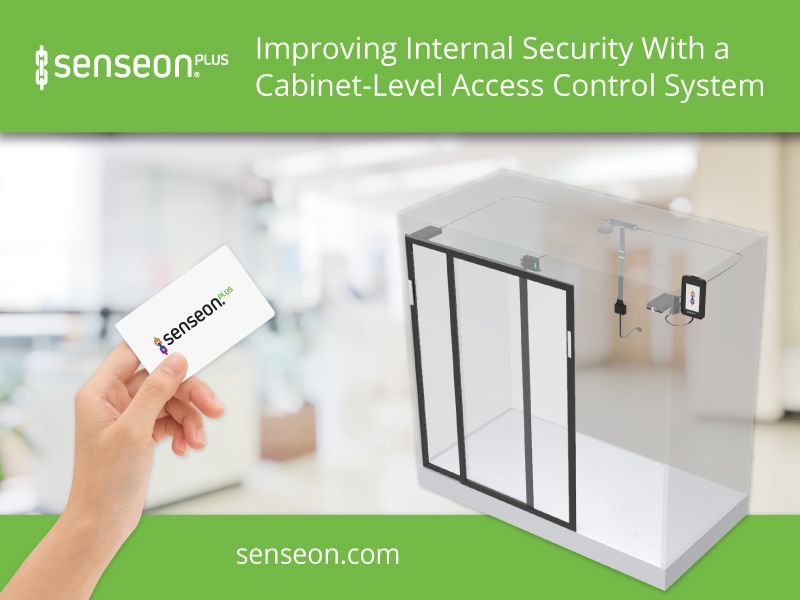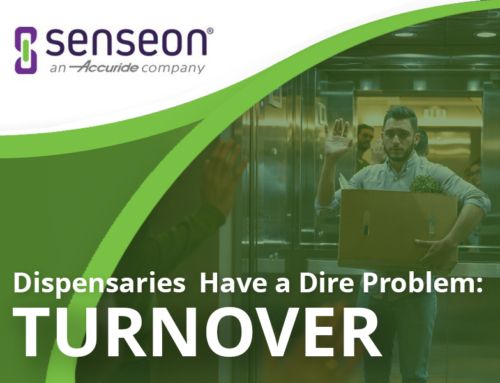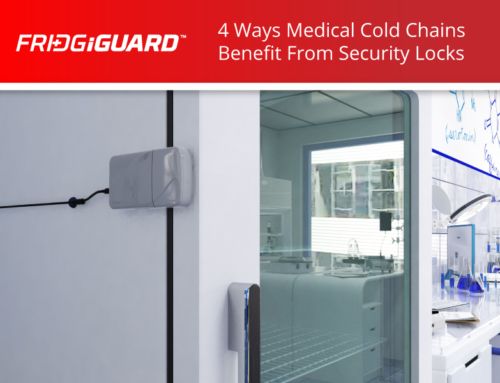Integrators that are focused on designing and delivering high-quality access control systems know how frustrating it can be to work around client security roles and site restrictions.
While great access control solutions exist to close off specific sections of a building, like a back office or a storeroom, customers are forced to rely on less-secure technology in order to achieve precise control over smaller spaces, like office cabinets and medical supply containers.
For integrators, the current lack of solutions in this realm can be frustrating. Until recently, security designers haven’t had a ready solution beyond simple locks or cheap, electronic keycards. Meanwhile, changes in office security, as well as the presence of unknown threats, makes it more difficult for integrator customers to anticipate their own needs.
Office Security Is Changing
According to SDM’s State of the Market on Access Control survey, 87% of respondents describe the current state of the access control market as “good” to “excellent.” This is great news because it demonstrates that the market is still ripe for growth and improvement.
Offices are evolving, and office security has to evolve with it. Customers are requesting finer-grained monitoring and access management over the points of access within their security system. Additionally, some customers would prefer to implement some form of discretionary access control (DAC) or would like to see real-time, cloud-based asset management as part of their access control system. For these customers, keyed door locks or numbered keypads may be insufficient for their needs.
Office safes may also be frowned upon due to their lack of audit trails and role-based access control. On the other hand, employees probably don’t want to put up with biometric readers, fingerprint scanners, or other high-tech electronic access control systems just to retrieve a file from the back office.
Instead, what many customers are looking for in physical access control is a simple and unobtrusive way to protect sensitive assets and inventory. By implementing auditable access points at the cabinet level, integrators can transform any cabinet door or drawer into a secure environment for the end-user.

Adding auditable access points at the cabinet level can help keep essential business documents secure.
Integrators who can provide precise ways to design and install effective, high-security locking options can seize opportunities to provide an even better access control solution in an expanding market.
Threats Aren’t Always Clear
In 2015, a computer worm known as Floxif infected over 2 million computers worldwide with a backdoor before conducting espionage on 18 of the largest companies in the world, including Samsung, Asus, Intel, VMWare, 02, Singtel, Gauselmann, Dyn, Chunghwa, and Fujitsu.
No amount of physical security could have stopped it from happening. The hackers were never in any data center or corporate headquarters. They never worked for the company or needed to penetrate a video surveillance or access control system. Everything was done remotely.
The world of cybersecurity and the Internet of things (IoT) may feel like they’re outside an integrator’s wheelhouse, but that’s not entirely true. Some files, like intellectual property or patented design, may simply be too important to exist in an unsecured digital space. Security access control can still play a significant role in keeping those files safe by creating enhanced levels of security in physical storage spaces.
But, even in the office, integrator customers may not be completely safe from threats. One study found that small businesses with fewer than 150 employees were 10 times more likely to be victimized by fraud than those with 250-500 employees. On top of that, 58% of retail businesses say that internal theft is either much more or somewhat more of a priority than it was in the last five years.
When setting up security systems for these smaller organizations, empowering customers by creating a secure space out of their existing office equipment can be a major incentive and cost-saving benefit. Whether your customer is a financial institution, a medical supply depot, or a clothing company, helping customers implement auditable access control systems can drastically reduce shrink and profit loss.
Senseon Makes the Difference
For integrators looking to provide customers with a precise and practical access control system, Senseon Plus is a great choice.
Our solution is touchless and uses RFID access cards to engage and disengage locking mechanisms built inside cabinet doors and drawers. This is critical because it means there are no external locks, card mechanisms, or access control panels for a thief to exploit. Because Senseon Plus is a standalone solution, it can operate independently of other access control systems. (We also offer Senseon Core for customers who want to integrate with their existing security system.)

Senseon brings the security of building-level access control to the cabinet-level to keep valuables safe.
In addition to controlling cabinet-level door access, Senseon Plus uses audit trail software to help companies monitor and authenticate user access to specific doors. This can be done remotely via our smartphone mobile app or through computers, laptops, and other mobile devices via our online portal.
With Senseon, you can give customers better control over their workspace without the time and expense that comes with installing heavy safes, electromagnetic locks, or imprecise Bluetooth card readers.
Contact our team to learn more about everything that Senseon can do for your customers.






